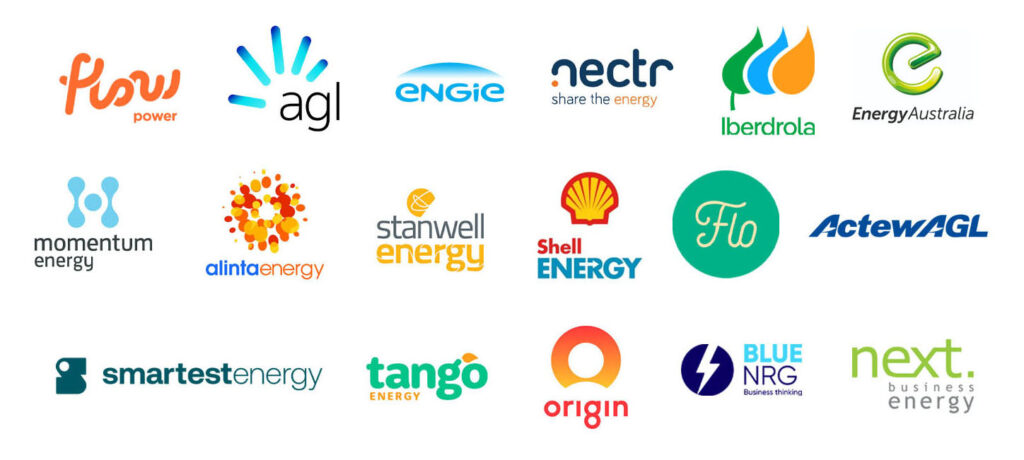13 February 2024
Callide Power Trading faces federal court proceedings, return to service delayed again
News
The Australian Energy Regulator (AER) has launched legal proceedings against Callide Power Trading Pty Ltd for a breach of performance standards at the Callide C power station after an explosion resulted in Queensland blackouts.
Blackout Chaos Unveiled: 3,045 MW of Generation Lost
In a dramatic turn of events on May 25, 2021, Queensland was plunged into chaos when multiple generators and high-voltage transmission lines tripped following an incident at the Callide C4 power station.
3,045 MW of generation vanished, leaving 2,300 MW of customer load disconnected and triggering widespread blackouts across homes and businesses in Queensland.
Although not directly related to court action, shortly after the explosion at C4, structural failures in the cooling tower serving the C3 unit ensued. This double blow has kept the entire 810MW coal plant dormant since October 2022.
The projected costs for the essential repairs are expected to exceed $400 million, with the plant’s return to operation facing numerous setbacks.
Further complicating matters, InterGen, the co-owner of the facility, entered administration in March of the previous year.
As part of the ongoing administration procedures, the Federal Court recently mandated a new independent investigation into the root cause of the explosive incident on May 2021.
The inquiry unfolds at a critical moment, with InterGen investors carefully assessing the repercussions of the plant’s dire situation.
The return to service of both units has been consistently delayed. Causes of delays have varied, including industrial action, delays in parts arriving from overseas, COVID-19, and extreme weather.
AER Alleges Negligence – Callide Power Trading Under Fire
After an exhaustive investigation, the AER alleges that Callide Power Trading, as the Registered Participant for Callide C, flouted critical rules and standards.
The breach centres on a failure to meet or exceed performance standards, along with a lack of planning and design oversight leading to the non-compliance of facilities.
Offline Since Catastrophe – Return to Service Delayed Again
The heart of the issue lies in the failure of Callide C4’s protection systems to disconnect from the power system, causing a domino effect and forcing multiple generators offline.
Since the incident, Callide C4 has been incapacitated, compounding the severity of the situation.
C3 is also offline due to a cooling tower failure.

Unit C3 is now set to partially return to service on 29 February 2024 (previously 24 January 2024), prior to the full commissioning of Unit C3 on 31 March 2024 (previously 18 February 2024).
C4 is set to partially return to service at 210 MW on 30 June 2024 (previously 19 May 2024) and then full capacity at 420 MW on 31 July 2024 (previously 6 July 2024).
AER Warns of Wider Implications – Pecuniary Penalties Sought
AER Board Member Mr Justin Oliver emphasised the critical role of compliance with generator performance standards in maintaining a secure power system.
The regulator is seeking pecuniary penalties, declarations and orders to remedy the breach and prevent its recurrence, underlining the gravity of the situation.
In a statement, Mr Oliver stated, “It’s vital that Registered Participants and Generators are aware of their performance standards and comply with them at all times so that the market and consumers aren’t wrongly exposed to the consequences of adverse events.”
The energy giant now faces a legal storm with potential financial repercussions, as the AER seeks justice and remedies for the catastrophic breach.
CS Energy releases technical report and animation of incident
CS Energy has since released a technical report into the explosion at Unit C4.
CS Energy CEO Darren Busine said: “This was one of the most significant and complex process safety incidents in Australia and it has taken time to work through and understand the contributing factors to the event.
“The Callide Unit C4 incident was the result of the simultaneous failure of key electrical equipment and system back-ups in a complex series of events that could not have been anticipated, with some of the contributing factors being traced back to the original design of the power station,” Mr Busine said.
“As we have gained a better understanding of the causes of the 2021 incident, we have not waited to act on what we have learned.
“We have progressively improved safety for our people and plant, both at Callide and our other assets across the state.
The report itself is very technical, but we have summarised it.
Background: Extensive damage to turbines, generator, and infrastructure was caused by the incident, impacting the transmission network. No injuries occurred. Damage included turbine failures, generator issues, transformer and landing structure failures, and structural damage.
Station Overview: Callide Power Station in Queensland consists of two plants, B and C, each with two units. The incident involved Unit C4. Electricity generation involves coal combustion, steam production, and turbine-driven generators.
Key Systems: The station’s electrical distribution comprises AC and DC systems. DC systems, crucial for control and protection, were powered by batteries and included redundancy.
Timeline: The incident occurred during the reconnection of a new battery charger for Unit C4. A series of events led to the loss of AC and DC supplies, causing extensive damage.
Technical Discussion: Contributing factors included interlock design limitations, unintended tripping of arc flap protection, Automatic Changeover Switch failure, and battery charger issues.
Fault Tree: A fault tree analysis illustrated that the turbine generator failure resulted from a combination of failures in lubrication, protection systems, and the DC supply.
Contributing Factors:
- Interlocking design limitations during switching operations.
- Unintended tripping due to arc flap protection.
- Automatic Changeover Switch failure.
- Battery charger issues.
Improvement Actions: Several corrective actions were implemented, including modifications to key interlock circuits, arc flap protection logic, Automatic Changeover Switch, and battery charger replacement. Increased redundancy measures are also underway.
The Leading Edge Energy team has been following the situation in Callide, as well as other developments in the energy sector, closely. We do this to ensure we’re well-informed and positioned to provide our clients advice regarding possible effects on electricity prices and government policies.
If you’re looking for tailor-fit energy management and cost reduction advice, we can assist you with that. Request an obligation-free quote by filling out our form and let’s explore the possibilities available to your commercial or industrial property.
You may also reach out to our energy management consultants, email us at info@leadingedgeenergy.com.au or call 1300 852 7700.
We source, analyse, compare and rank commercial, industrial and multisite energy quotes. Obligation Free.
Chat with one of our experienced consultants today and get the insights your business needs to help manage the risks associated with volatile electricity and natural gas markets. Our energy procurement service is obligation-free and provides a time-saving way of securing lower energy rates from our panel of energy retailers.

Get advice from our Energy Management Consultants

Krystle Will
Energy Management Consultant
Get in Touch
Feel free to call or e-mail us. Or just fill in the form below and we’ll contact you for an obligation-free discussion.
Are you ready to save on business energy costs?
Get Started
Leading Edge Energy is proud to be a signatory of the National Customer Code for Energy Brokers, Consultants and Retailers.